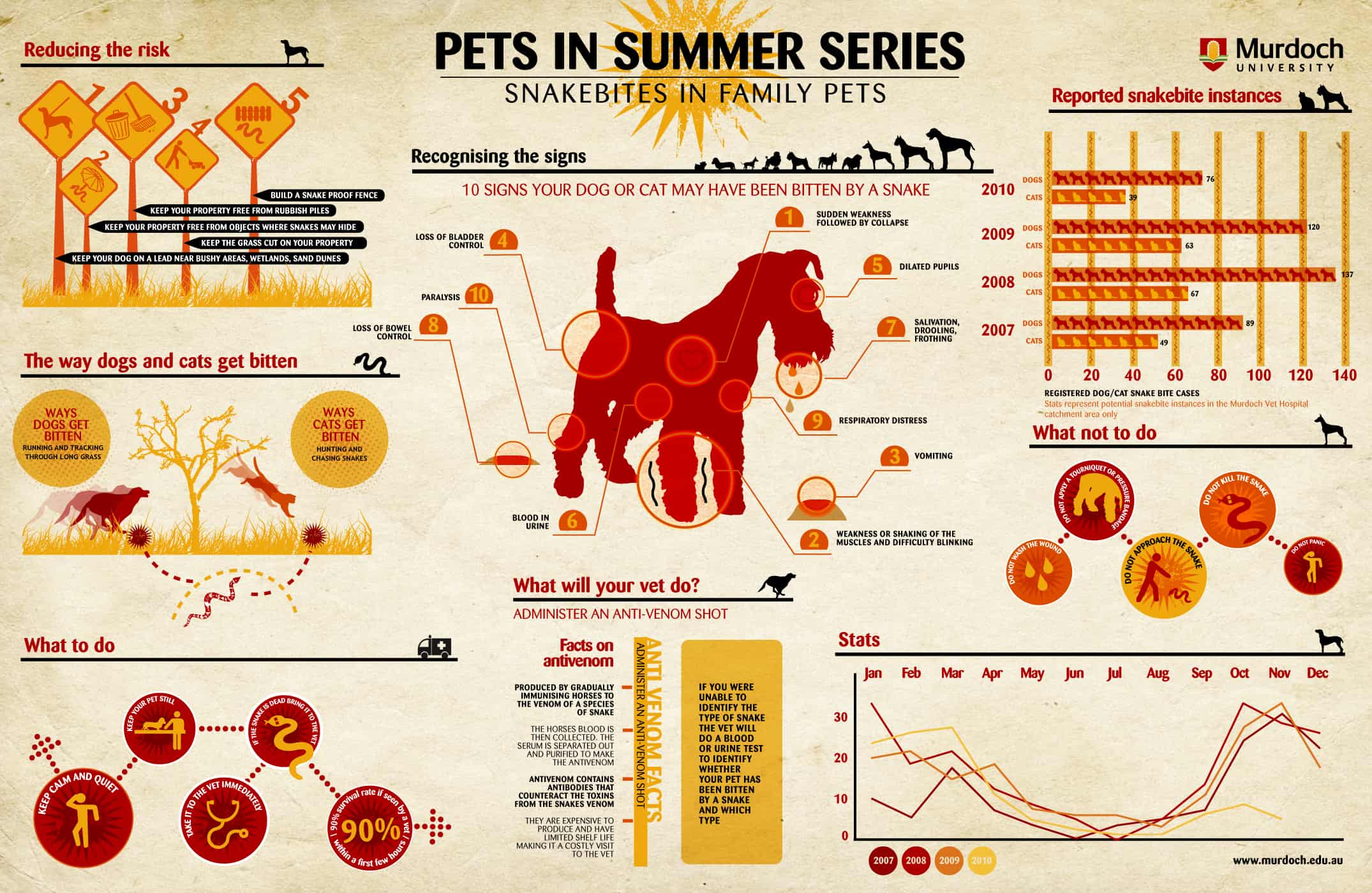A pet dog daycare analysis is a crucial procedure for both canines and pet moms and dads. It supplies a way for childcare personnel to understand a dog's personality and social abilities. It also aids stop aggressive behavior from taking place between dogs or in between animals and humans.
Correctly carrying out a childcare assessment can assist protect against behavioral issues such as barking, lifting, and pet dog battles. Avoid using harsh training approaches such as spray containers and digital collars.
1. Intake Documents
Relying on your sort of organization (training, daycare, grooming etc) an animal intake form will gather crucial details from pet dog moms and dads prior to they drop off their dog. This can include medical history, behavior and dietary needs.
It's likewise a good idea to have employee devoted to executing personality examinations to make sure that uniformity is kept and every person gets on the very same web page concerning analysis standards and end results. Gingr's pet dog organization software can aid make this procedure extra reliable by permitting team to conveniently watch personality examination notes and results when seeing animal profiles, progress report or reservation requests.
Establish an official approval plan that plainly describes your examination process, the behavioral and temperament traits required for daycare and characteristics that invalidate family pets from your center. This can assist guarantee that all dogs have a favorable experience at your childcare and are not exposed to unneeded threats.
2. Leash Stroll
A pet dog day care assessment can be a little daunting for both pets and pet moms and dads. This is a brand-new atmosphere that can be full of unknown sights, sounds, and various other pet dogs.
To alleviate their nerves, it is a great idea to take the pet for a walk around prior to starting the temperament test. This can offer the puppy a chance to come to be accustomed to their environments before they are separated from their proprietors.
This will also permit the day care staff to evaluate the pet's strolling capabilities. If they are pulling or including stress, strengthen them for walking without doing these actions. Think about utilizing a head collar to prevent drawing, smelling, and scavenging during strolls. If the pet dog can not control themselves on a chain, it is not likely that they will have the ability to work in high interruption settings in your day care.
3. Social Interaction
Pets need normal social interaction with various other canines to reduce boredom-induced actions such as hostility, leash drawing, and stress dog boarding daycare and anxiety. Doggy childcare offers this socializing and more in a setting that is risk-free, organized, and overseen.
A temperament examination helps team determine a pet dog's personality, power level, and social abilities in order to put them in the most proper group. For instance, a shy pet dog will refrain well playing with brawler, boisterous dogs. Organizing dogs of comparable personalities can lessen the risk of misconceptions and conflicts.
Checking should be carried out in a calm, regulated way making use of positive reinforcement and no force or concern. Spray bottles, electronic collars, and scruff shaking are all techniques that develop tension for both the pets being evaluated and their trainers.
4. Object Play
Numerous pet dog parents are reluctant to leave their pets for daycare, specifically with issues concerning behavioral problems. This is why some pet daycares provide a 15 min assessment with the proprietor present to evaluate their dog's behavior.
This examination consists of a short leash go through the daycare center and monitoring of the canine's response to both seen and unseen stimulations. It is very important that the dog is not excessively distressed or afraid as these are indicators of an inappropriate character for a team setting.
Observe exactly how the pet communicates with playthings and various other objects, and their play design. Preferably, daycare teams pets by temperament to ensure that energised, playful pet dogs are with various other energetic pet dogs while shyer, even more reserved puppies are with various other similar canines.
5. Behavior Examination
Dogs that play harsh are not always suitable team childcare. If they don't have the power to stay on par with other pet dogs, they can promptly become overstimulated and aggressive - possibly damaging the other pups in your treatment. By examining a dog's temperament and socialization throughout an analysis, you can identify these pet dogs and stay clear of dangerous circumstances for all included.
When performing an analysis, remember to be consistent and reasonable with your approval plans. Avoid using punishment-based strategies throughout the examination (like spray containers, digital collars, or scruff shaking) which may trigger anxiety in the pet and lower learning ability. By complying with these finest techniques, you can guarantee that each family pet passes their personality examination and is an excellent fit for your daycare atmosphere.
